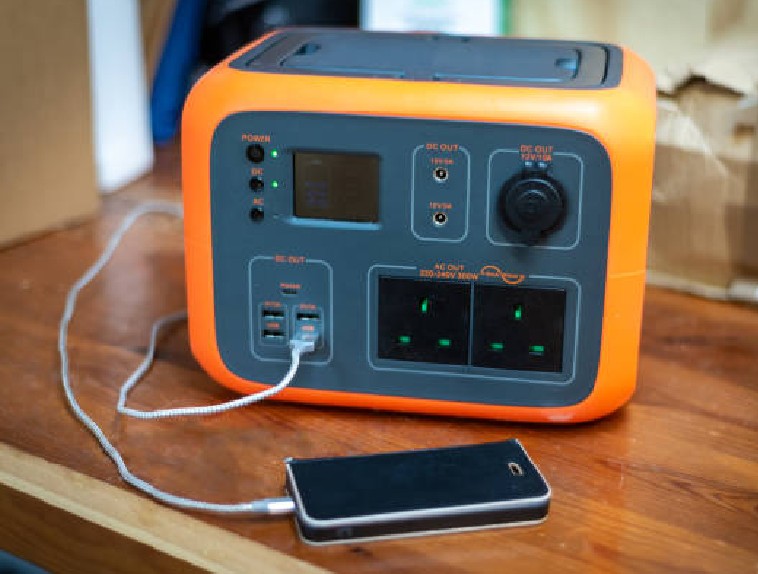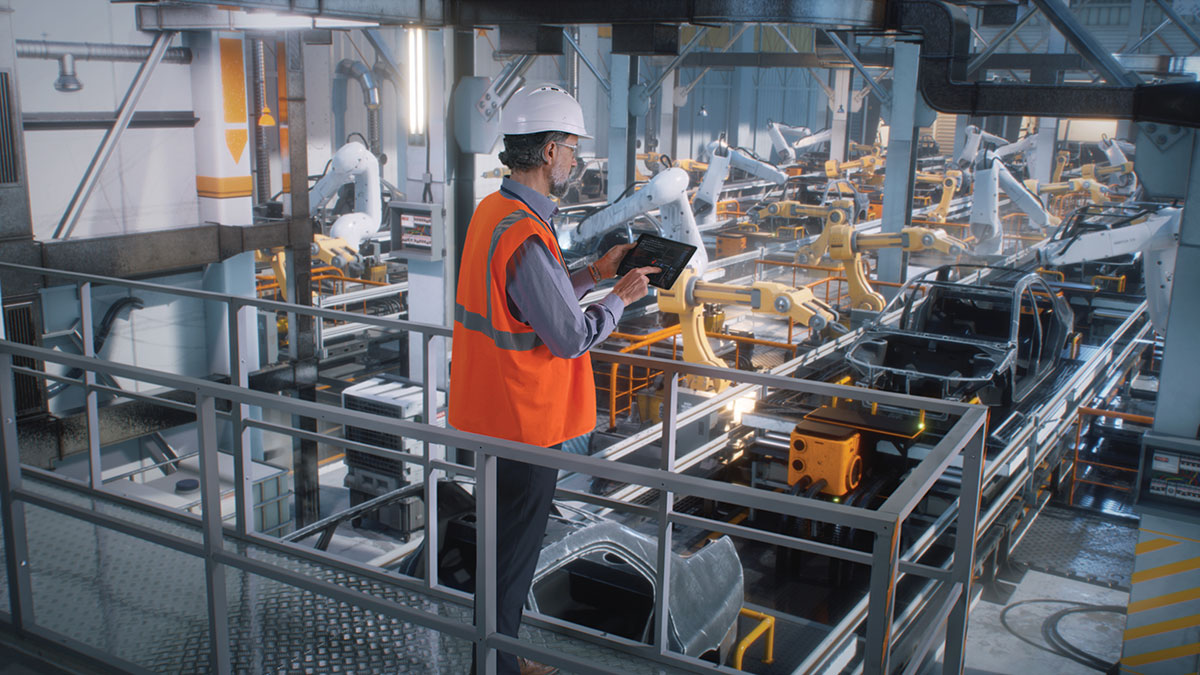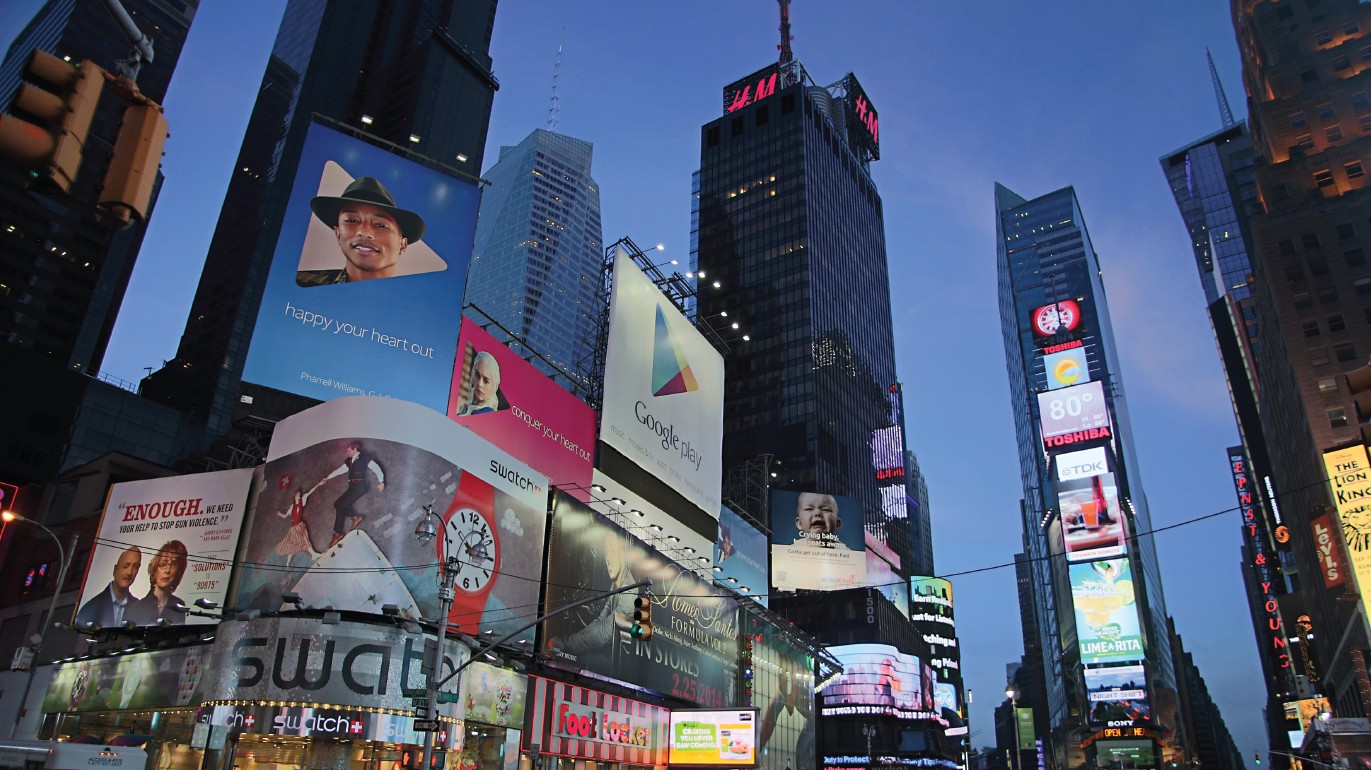Question
The January/February 2021 UL Question Corner in the IAEI News detailed UL’s involvement with the SolarAPP+ residential PV automated permitting tool. Is there an update on UL’s role with SoalrAPP+? Can SolarAPP+ be used for energy storage permitting as well? Where can I find out more information and sign up for a demonstration?
Answer
In May 2021, UL and the U.S. Department of Energy’s (DOE’s) National Renewable Energy Laboratory (NREL) announced a new memorandum of understanding to further develop and commercialize the Solar Automated Permit Processing Plus software that automates the permitting process for residential solar systems. The use of SolarAPP+ to date has enabled local governments to reduce permitting time from a national average of 12 business days to less than one day.
SolarAPP+ expedites the solar permitting process by making it easier and more cost-efficient for local governments to determine whether a proposed residential solar system is compliant with safety standards and model installation codes. If it is, SolarAPP+ will approve the design and issue a permit instantly. If not, SolarAPP+ declines the application and indicates the issues for a contractor to resolve. Quickly processing standard rooftop solar applications increases the ability of local governments to handle high volumes of permits efficiently as demand for solar increases across the country.
Safety is a key consideration for local governments: the permitting process includes an evaluation of a system for its code compliance with international model codes, including the 2017 National Electrical Code® (NEC®). Recently, SolarAPP+ has been updated to support the 2020 NEC®, enabling permits for energy storage systems compliant with this edition of the code.
SolarAPP+ is available on a complimentary basis to local jurisdictions, while a nominal fee for contractors submitting designs covers operation and maintenance costs. SolarAPP+ is designed to function either as a standalone program or through an integration with existing government software platforms.
For FAQs and more information on viewing a demonstration of SolarAPP+, please visit UL.com/solarapp.
• • • • • • • • • • • • • • • • • • • • • • • • • • • • • • • • •
Question
Can all recessed incandescent and LED (light-emitting diode) luminaires be used in suspended ceilings even though their cut sheet illustrates drywall or wood ceilings?
Answer
It depends. Many questions regarding UL Certified (Listed) products can be answered by referencing the UL guide information for the specific product Certification (Listing) categories. UL Certifies (Lists) these types of recessed luminaires under the product categories Incandescent Recessed Luminaires (IEZX) and Light-emitting Diode Recessed Luminaires (IFAO).
The UL guide information for both product categories states:
SUSPENDED-CEILING LUMINAIRE — All recessed luminaires except those marked for use in concrete only are suitable for use in suspended ceilings and may be marked “SUITABLE FOR SUSPENDED CEILING.”
Recessed luminaires intended for use in suspended ceilings and provided with integral clips are marked for use with particular grid systems. When installed in accordance with this marking they comply with 410.36(B) of the NEC. Instructions for using clips to secure the luminaire to the grid are provided with the luminaire. The ability of these clips to withstand seismic disturbances has not been investigated.
The UL guide information and Certifications (Listings) can be viewed on UL Product iQ® at www.UL.com/piq; enter IEZX or IFAO at the search field.











Find Us on Socials